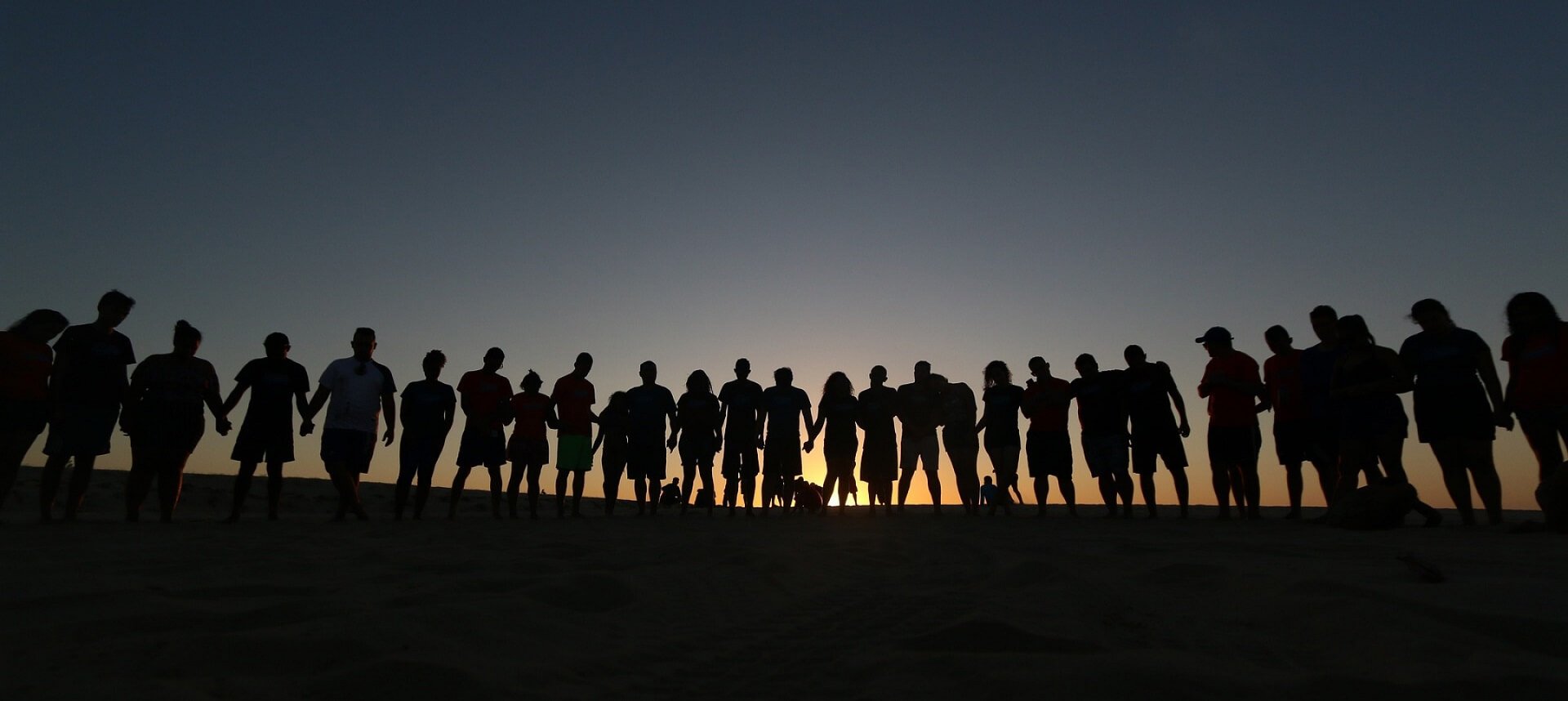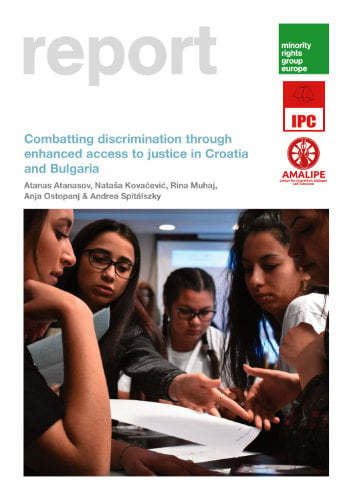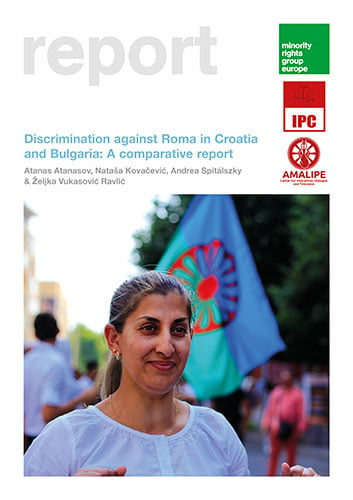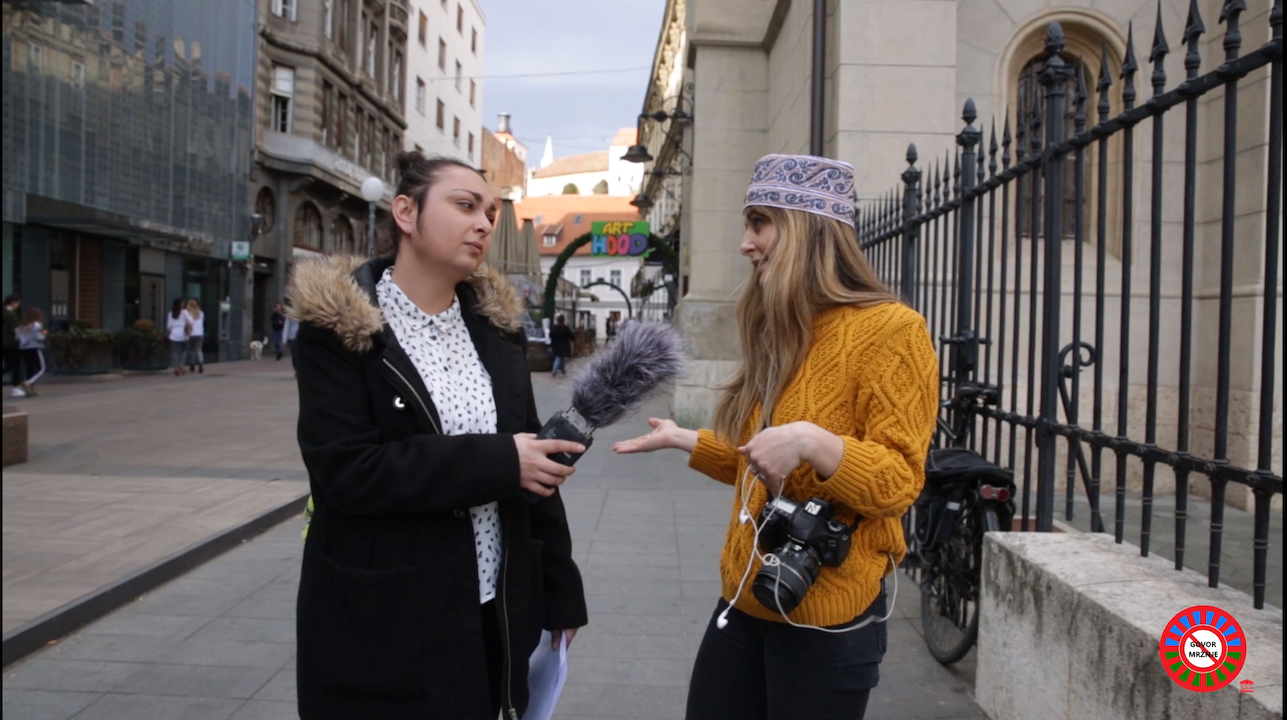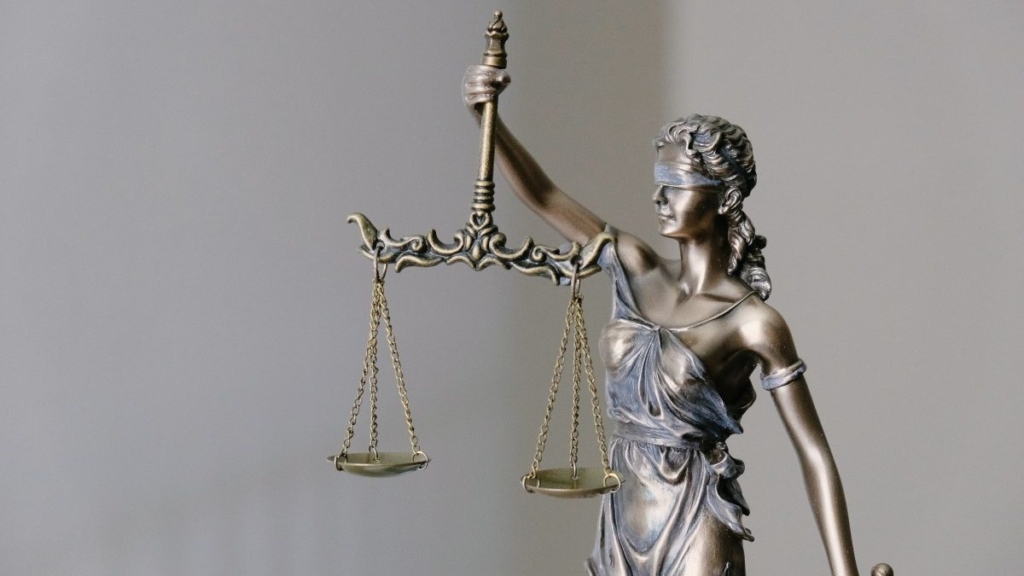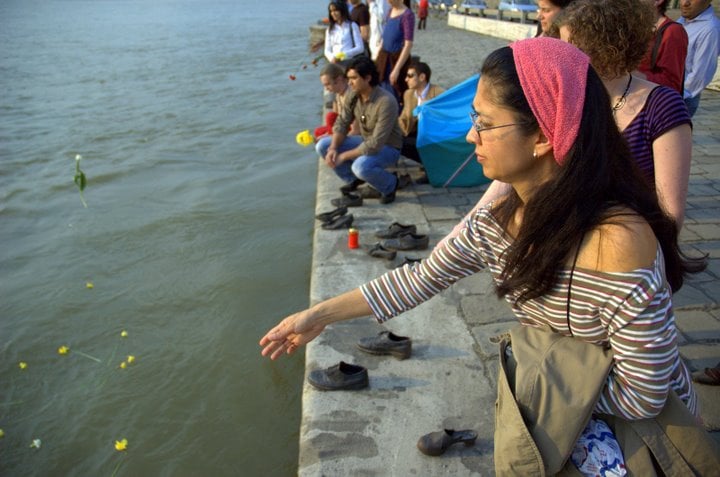Environment
Croatia lies in the north-western Balkans. On the eastern shores of the Adriatic Sea, it borders Austria, Hungary, Serbia, Slovenia, Montenegro and Bosnia and Hercegovina. Historically, it also has strong links with Italy, which lies across the Adriatic.
History
The Croats entered the Balkans in the sixth and seventh centuries and established a kingdom which in 1102 was incorporated within Hungary. During the Middle Ages, the Croats were converted to Roman Catholicism; adherence to the Catholic faith remains an important aspect of Croat identity. In the sixteenth century, a part of Croatia was overrun by the Turks and the rest fell under the control of the Austrian Habsburgs. On the border with the Ottoman Empire, the Habsburgs established the Military Frontier (Vojna Krajina). The frontier was populated largely by peasant soldiers, many of whom were Serbs.
Croatia remained a partially self-governing unit within the Habsburg Empire until 1918. The Habsburgs tended to use the Serbs to control the Croat and Hungarian feudal peasants. In 1918, Croatia entered the Kingdom of the Serbs, Croats and Slovenes (after 1929, Yugoslavia). In 1941, Nazi Germany invaded Yugoslavia and, with significant local assent, established a puppet Croatian or ‘Ustasa’ state. The Ustasa were responsible for war crimes and atrocities against Serbs, Roma, Hungarians and Jews.
At the end of World War II, the socialist forces of Josip Broz Tito massacred thousands of Croats, some of whom were uniformed Ustasa forces, but also many civilians. After the war, Croatia was incorporated within the reorganized Socialist Federal Republic of Yugoslavia (SFRY) under Tito. The state structure was organized along ethnic lines. Some minority rights were respected, and Tito attempted to control ethnic divisions and to suppress nationalism by means of the one party state.
The state was not democratic, and following Tito’s death in 1980, the SFRY was governed weakly from Belgrade under an eight-person presidency, the chair of which rotated yearly among the constituent republics and autonomous provinces. In this atmosphere, Serbian politicians began playing to popular grievances about perceived Serbian under-representation in Yugoslavia. Slobodan Milosevic became President of Serbia, and manoeuvred to seize half of the federal presidency by wresting control over three further votes in the rotating council: those of Montenegro and the autonomous Serbian provinces of Kosovo and Vojvodina.
Belgrade’s grasp for the levers of power in the SFRY accelerated the break-up of the Communist Party in other republics, including Croatia. Milosevic played into the hands of the nationalist Croatian Democratic Union (HDZ), led by Franjo Tudjman, who had been jailed under Tito in the 1970s for his nationalist rhetoric. Not only the Communist Party was crumbling; Milosevic’s moves to consolidate Serb control over the Yugoslav National Army (JNA) weakened another central pillar of Yugoslav unity. Croatian multiparty elections held in 1990 resulted in a decisive victory for the HDZ, and in June 1991 Croatia declared independence based on a referendum allowed under the SFRY constitution.
The re-emergence of Croatian national symbols and such nationalist declarations from Tudjman as, ‘Thank God my wife is not a Jew or a Serb’, awakened fears among the Serb minority in Croatia who recalled slaughter at the hands of the Ustase. Through propaganda, Milosevic actively stoked such fears, while simultaneously arming JNA units and Serb militias who launched a war to prevent Croatia’s independence.
The fighting that followed saw enormous loss of life, large-scale displacement along ethnic lines, and human rights abuses, deep divisions between ethnic communities and a further rise of nationalism. Part of the Serb minority, backed by the JNA, declared an independent Republika Srpska Krajina, which at one time occupied 30 per cent of Croatia’s territory.
Fighting continued. In 1992, a UN Protection Force arrived, and Croatia gained international recognition. Nevertheless, fighting continued. In 1995, a major offensive dubbed ‘Operation Storm’, co-ordinated with the Bosnian Army and backed by the United States, led to the recapture of Serb-controlled Croatia.
The operation was accompanied by the massive displacement of Croatian Serbs, but whether their departure preceded the attack or resulted from it remains a matter of dispute. In 1995 the signing of the Erdut Agreement secured peaceful reintegration of Eastern Slavonia, Baranja and Western Sirmium into the legal and political system of Croatia, and established a UN Transitional Administration (UNTAES) in these areas. Also in 1995, the Dayton Agreement secured peace for in neighbouring Bosnia and Hercegovina.
Between 300,000 and 350,000 Serbs were displaced as a result of the 1991-1995 war. Approximately 220,000 Croats were displaced as a result of the establishment of Serb Krajina in 1991. The return of ethnic Croats is virtually complete, but thousands of Croatian Serbs remain displaced.
Governance
In post-war Croatia, the HDZ gradually lost its grip on power, especially following the death of President Tudjman in 1999. Constitutional amendments in 2000 and 2001 weakened the presidency and gave Croatia a parliamentary system.
Croatia’s constitution ensures equality of all persons. It defines Croatia as a state of the Croatian nation along with members of ten listed national minorities and ‘others’. The current legal framework prohibits discrimination in some areas of public life, such as employment.
Following the adoption of a Constitutional Law on National Minorities in 2002, Croatia has a generally good legal framework for the protection of minorities. However, implementation of this law has been patchy, often due to lacking political will. In particular, the Councils of National Minorities at the local and regional level have not lived up to expectations in large part because local and regional authorities have not considered them to be serious partners.
Equal access to employment in the judiciary and state administration has also lagged. Nevertheless, there have been important changes in both legislation and practice, and the dialogue between the authorities and representatives of national minorities has improved. Access to justice remains a problem in Croatia. Reform of the judiciary and administration is necessary; there is a large backlog of cases and need for proper enforcement of judgements.
Minorities are particularly affected by the delays and problems with enforceability in relation to property rights. Although there have been improvements in the prosecution of war crimes trials, judicial bias against ethnic Serb defendants persists.
Electoral reform is underway in the lead up to 2007 parliamentary elections. Outstanding issues include voting rights for displaced Serbs and ethnic Croats who live outside Croatia, particularly those who are citizens of Bosnia and Hercegovina, establishing non-discriminatory residency criteria, establishing a point of reference for calculating minority representation at the local level, and the synchronization of elections for the Councils of National Minorities with local elections.
The political situation has improved within the region. As part of the Sarajevo Process, Croatia and its neighbouring countries, Serbia, Montenegro and Bosnia and Hercegovina are working together with international partners on issues of refugee return, although some of the most sensitive issues have yet to be tackled. In 2003, Croatia applied to join the European Union.
The EU is its biggest trading partner and donor, and has most leverage politically through the accession negotiations, which were opened in 2005. The advance followed Croatia’s co-operation in bringing about the arrest of fugitive General Ante Gotovina, wanted for trial at the International Criminal Tribunal for the former Yugoslavia (ICTY) in The Hague, but regarded by many Croatians as a hero for his leading role in Operation Storm.



 Video on demand
Video on demand 
